Pigeon whistle
A pigeon whistle of the combined type. The pigeon whistle, known in China as geling 鴿鈴 or geshao 鴿哨, is a small musical instrument belonging to the Aeolian group of musical instruments. It is attached to the tail of a pigeon with the help of a spindle, so that it emits a sound when the bird flies. The whistle is usually made of light materials such as gourd and bamboo, and is lacquered.
In addition to the gourd and tube types, the Stušek collection also contains combined, or star and eye type pigeon whistles. What all whistles of this type have in common is an oval gourd body, the star belly, with a plate underneath for attaching the pigeon whistle to the pigeon, a sub-whistle at the front, and a larger “back pipe” at the back. Instruments are named according to the total number of back pipes and sub-whistles, including all those attached in pairs on either side of the gourd body. If the whistle has a total of seven sub-whistles ... more
A pigeon whistle of the combined type. The pigeon whistle, known in China as geling 鴿鈴 or geshao 鴿哨, is a small musical instrument belonging to the Aeolian group of musical instruments. It is attached to the tail of a pigeon with the help of a spindle, so that it emits a sound when the bird flies. The whistle is usually made of light materials such as gourd and bamboo, and is lacquered.
In addition to the gourd and tube types, the Stušek collection also contains combined, or star and eye type pigeon whistles. What all whistles of this type have in common is an oval gourd body, the star belly, with a plate underneath for attaching the pigeon whistle to the pigeon, a sub-whistle at the front, and a larger “back pipe” at the back. Instruments are named according to the total number of back pipes and sub-whistles, including all those attached in pairs on either side of the gourd body. If the whistle has a total of seven sub-whistles and pipes, it is called a seven-star whistle, but if the total number of pipes exceeds nine, it is an eye whistle. Whistles are usually added to the sides in pairs so that the pigeon whistle can maintain aerodynamic balance. Pigeon whistles of this type with up to thirty-nine sub-whistles are said to exist, although this affects the sound; the more whistles, the weaker the sound they produce. In the photo we see a black lacquered combination whistle, the em>eleven-eyed whistle. In Skušek’s pigeon whistle collection we find three related specimens of comparable size, material, and lacquer. (KH)
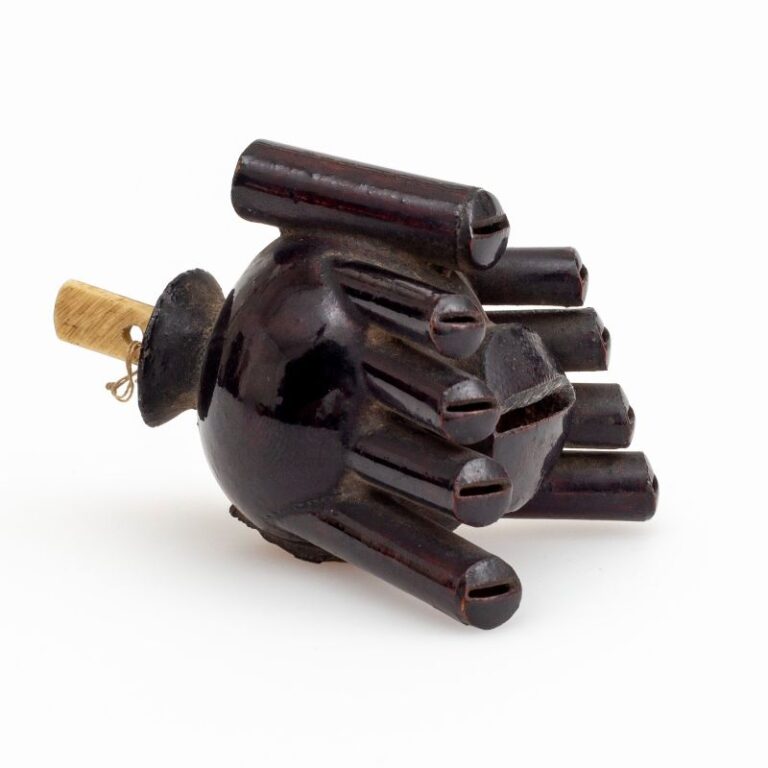
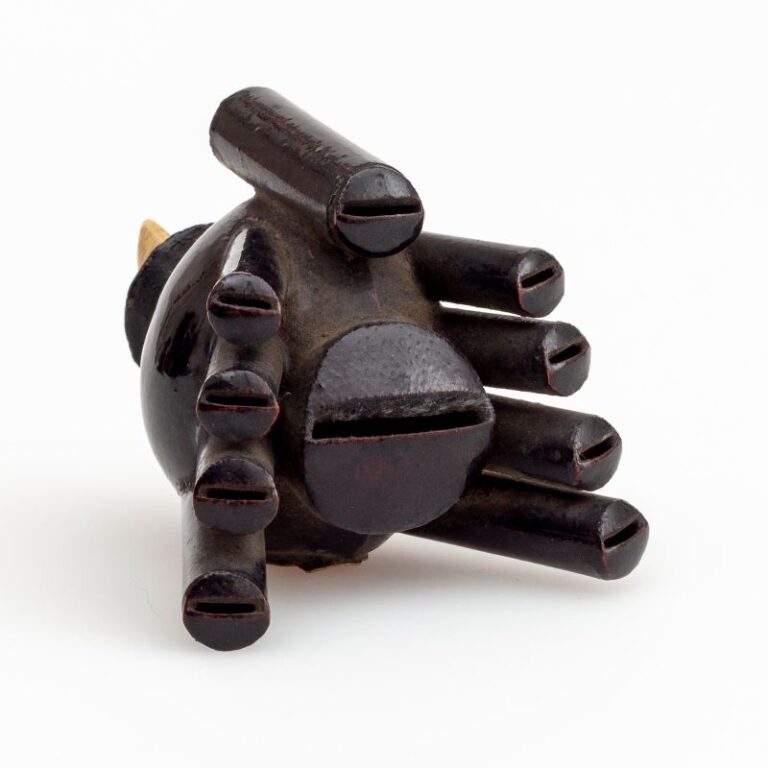
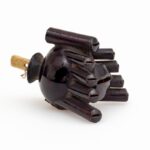
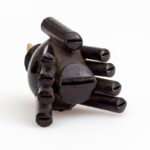
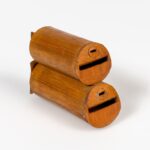































Do you have a comment or additional information about the subject?